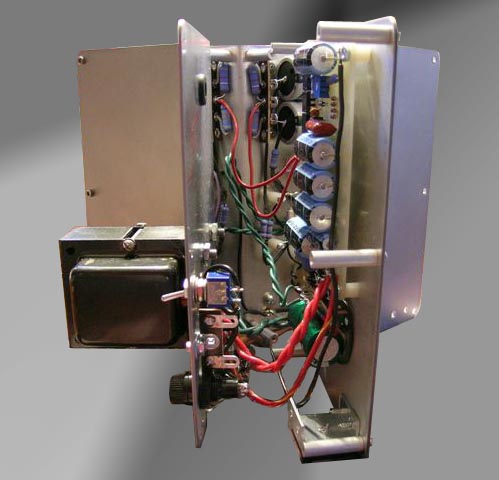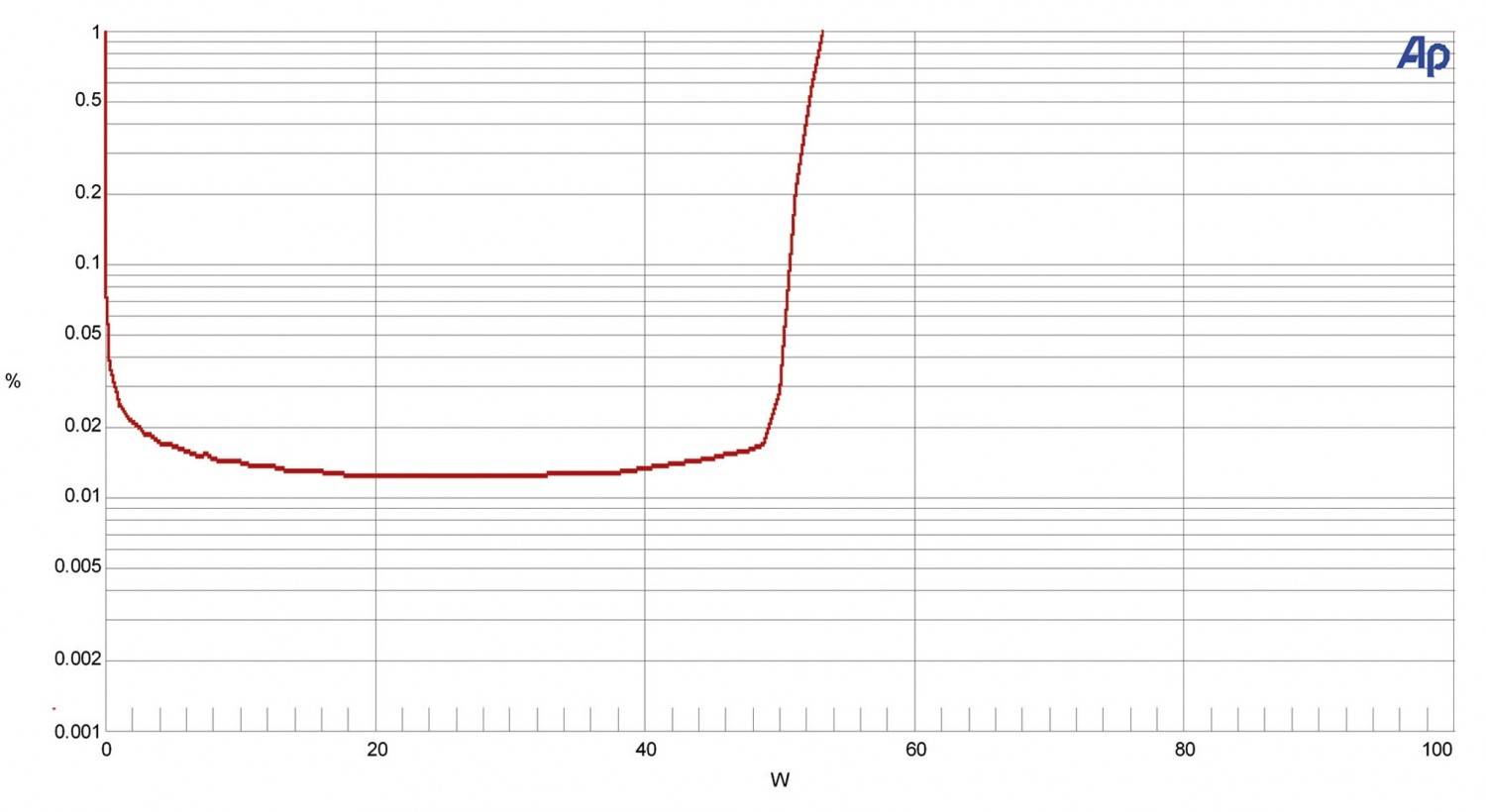Lots and lots of magical subjective audiphool language used in your post, sorry to say. I also noted earlier that my grandfather was a symphony lover and so yes I heard plenty of symphonic music on his R2R equipment. It all had quite a bit of the characteristic hiss as a noise floor, something that R2R lovers sometimes don't like to acknowledge. The hiss is there, especially in quiet symphonic passages, so I'm surprised to hear someone argue about the fidelity of R2R, compared to quality digital, in 2020. It's not even close, not in the same ballpark.
The R2R lover who loves the gadgetry aspect, I get that 100%. But to argue that R2R can compare to quality digital? Nope.
The R2R lover who loves the gadgetry aspect, I get that 100%. But to argue that R2R can compare to quality digital? Nope.
As noted, it has been a few years. And these impressions are necessarily general, as one cannot compare the same recording on different media.
With those caveats, here are the main differences as I perceived them: more dynamic articulation and "jump," both micro- and macro-, and especially at high frequencies; clearer separation in complex material; and greater tonal saturation.
The dynamics were the most vivid part. Perhaps this is a function of how these tapes were mastered - with little or no compression not in the master - rather any than any inherent superiority of the medium. Even now, most commercial recordings, including digital, are not mastered as "aggressively" as they could be.
Almost all the tapes in my little collection are classical - RCA, EMI, London. The classical divisions of these companies took great pride in the technical quality of their recordings. The vast majority of pop recordings from the 1960s and 70s were not very good to begin with; I wouldn't really expect to hear differences there. Perhaps RTRs of Steely Dan albums, if such things exist, would show a difference. Jazz recordings could also be revealing - again, assuming that such things exist.
I detect a note of skepticism in your reply. Have you listened to prerecorded AAA RTR tapes?






